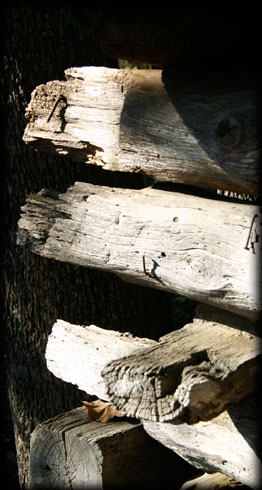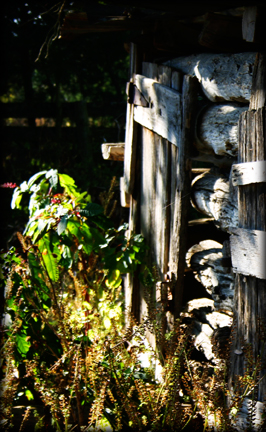Farming Stories
by Joshua Heston
The real poetry of an Ozark farm is not some flowery set of words, but instead a field well--tended, a clean kitchen floor after canning — and playing good tunes on a Saturday night.
One of my favorite childhood memories was sitting on the floor, listening to my grandpa tell stories.
Invariably, the stories would involve horses, and barbed wire, cattle, plowing up new ground, and the occasional rattlesnake.
Today, farmers are a small bunch.
Important, yes. But it is just not the same as it was in the old days. It used to be there were more folks in the country — farming — than there were in the cities.
StateoftheOzarks dedicates this section to the great American farmer of our recent past.
Now there are some American heroes to remember.
November 7, 2008
From Ozark Pioneers
“Hiram Godsy, 1887-1964, was a typical Ozark pioneer who raised a family of nine children, and sent them all to school, providing for them on a 160-acre tract of poor land.
“We mention him here, because his life and activities represents the average head of a family that lived back in the "Old Days.”
“[Godsy] farmed the marginal soil anyway and produced sufficient feed for a herd of milk cows, a flock of chickens, enough hogs for meat, and an adequate number of horses to work and ride.
“An old axiom of those days was, ‘You can measure a farmer‘s success by the fullness of his corn crib.’”
— page 20, Hinds, Bob, Ozark Pioneers, self-published, Willow Springs, Missouri, 1999

Plate 1. Original hoghouse, Fullerton Ranch near Kirbyville, MO. October 17, 2008.

Plate 2.



